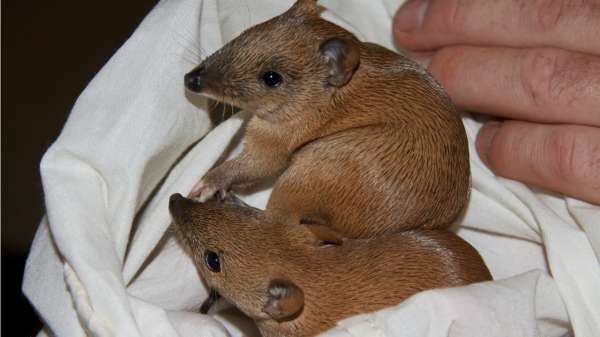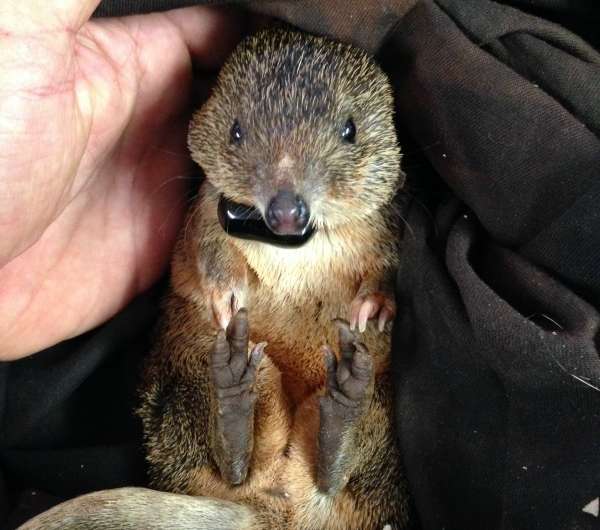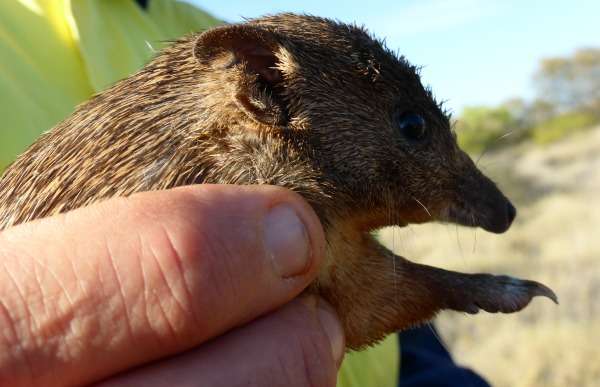Threatened bandicoots return home

Travel deep into WA's arid interior and you'll find a harsh and seemingly unforgiving expanse of red dirt that is housing a comeback to one of the state's many threatened mammals.
Here, on the former Lorna Glen Station, now part of the Matuwa Kurrara-Kurrara Indigenous Protected Area, populations of golden bandicoots (Isoodon auratus) are once again living and breeding in their former habitat.
The rat-sized creatures had disappeared from the area due to being preyed upon, mostly by feral cats.
But an extensive predator control and animal translocation program staged by the Department of Parks and Wildlife (DPAW) is seeing the bandicoots return to their former range for the first time in many years.
The comeback is the result of years of work in reducing predators, breeding translocated bandicoots in a predator-free enclosure and finally reintroducing them to their natural habitat, DPAW research scientist Colleen Sims says.
The department first attempted to release golden bandicoots into the wild at Matuwa in 2012 but this failed, with most animals falling victim to feral cats within two months, she says.
They decided cat numbers were too high to risk releasing the bandicoots outside their predator-free enclosure until 2015 when the annual cat baiting program had reduced cat numbers by about 60 per cent.

They reached this conclusion after monitoring raked sand areas for cat tracks and remote camera surveillance.
In addition, DPAW launched a highly intensive trapping and ground baiting program within a five kilometre radius of the release site.
"We thought, if we could take the pressure off for the first three months the bandicoots would have time to establish themselves so that when predators started coming back at least they'd have a chance," Dr Sims says.

DPAW staff released 93 bandicoots in September, including 24 with radio collars.
In the first two weeks they discovered nine dead bandicoots—most of them fed upon, not by cats but wild dogs, a suspicion confirmed later by analysing the remains.
DPAW staff launched a dog baiting program and, three months afterwards, recorded no further mortalities.
They returned in December to remove the radio collars and assess the bandicoots' condition.
The bandicoots had increased their average size by 30 per cent and most females had not just the usual two pouch young expected of bandicoots, but three or four pouch babies.
Another return trip three weeks ago revealed the population is flourishing, paving the way for further releases.
Provided by Science Network WA
This article first appeared on ScienceNetwork Western Australia a science news website based at Scitech.


















